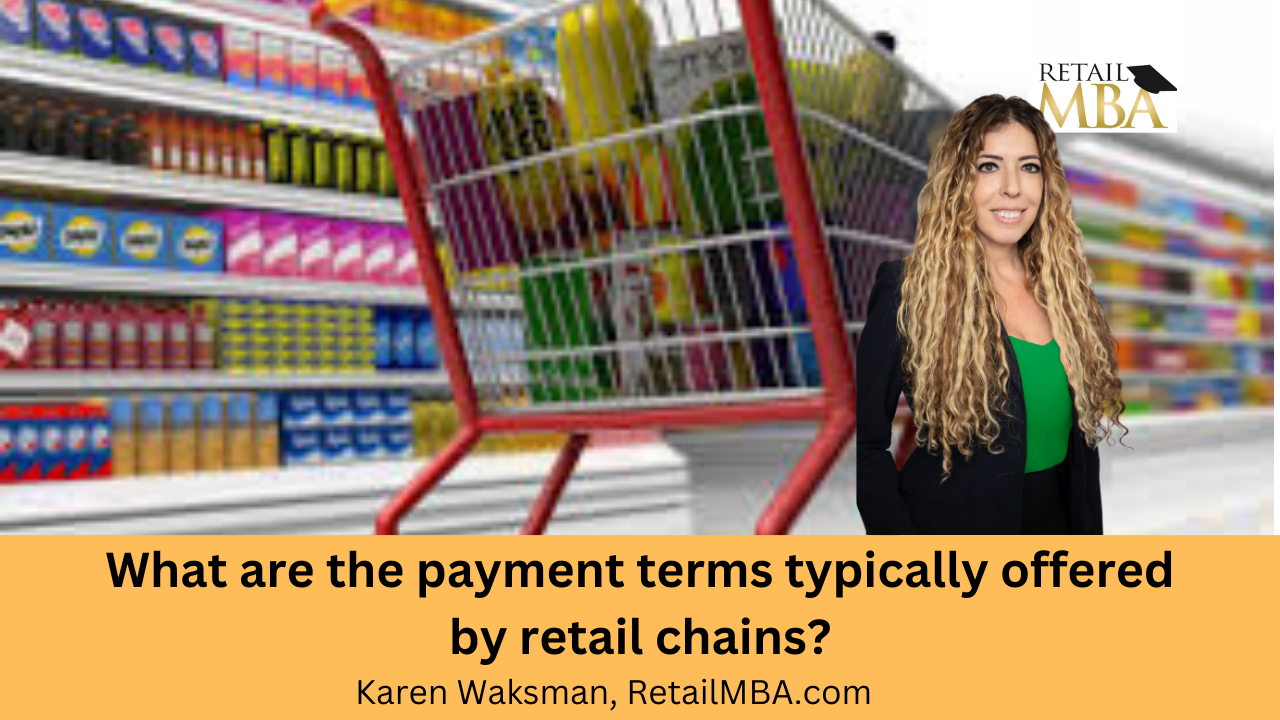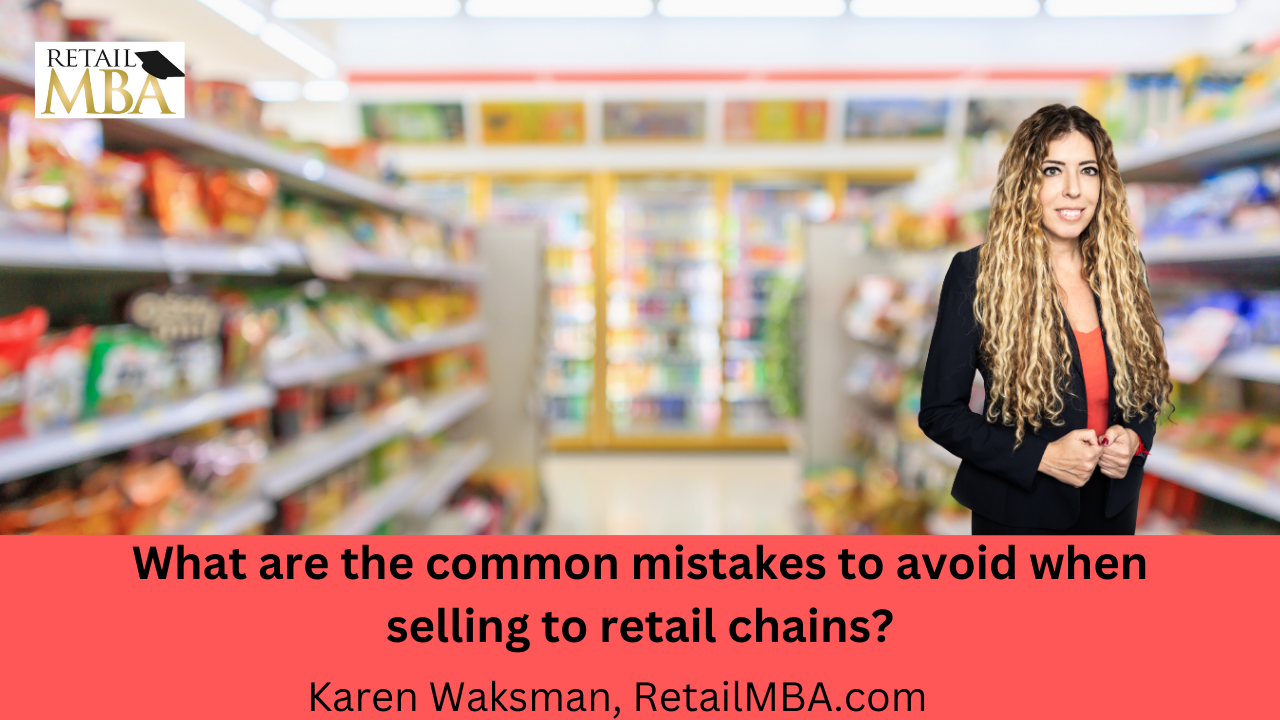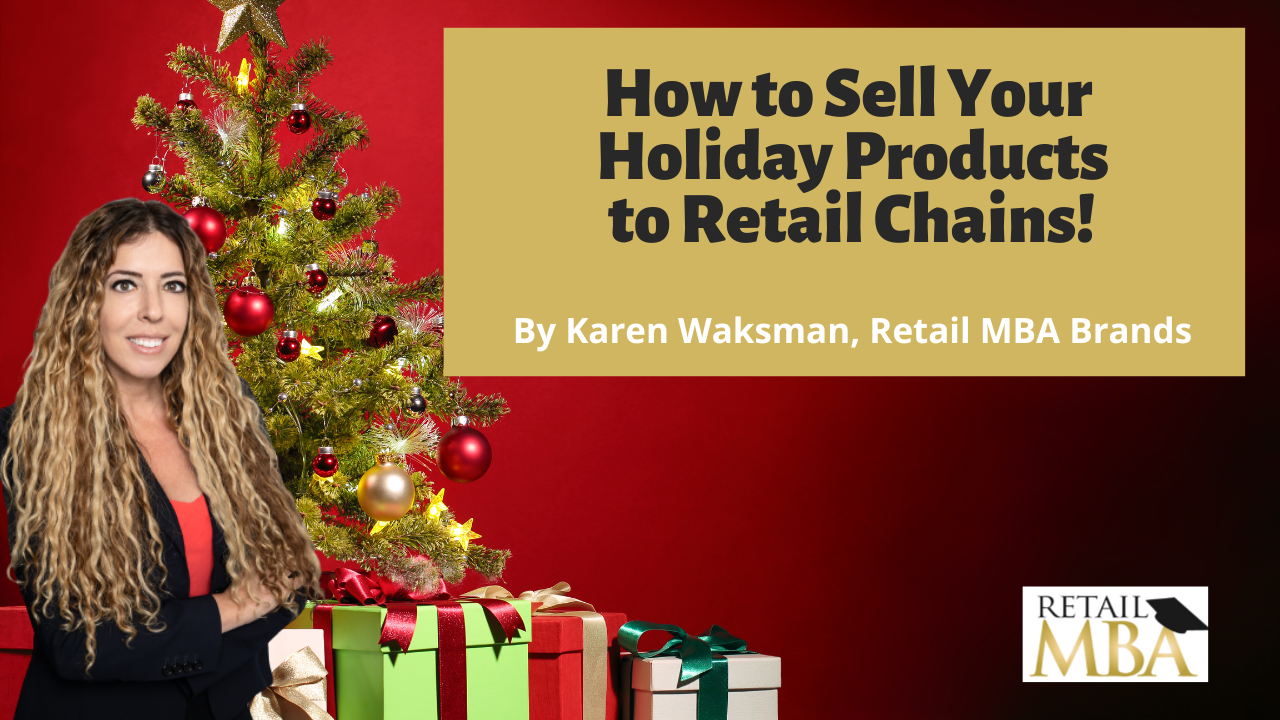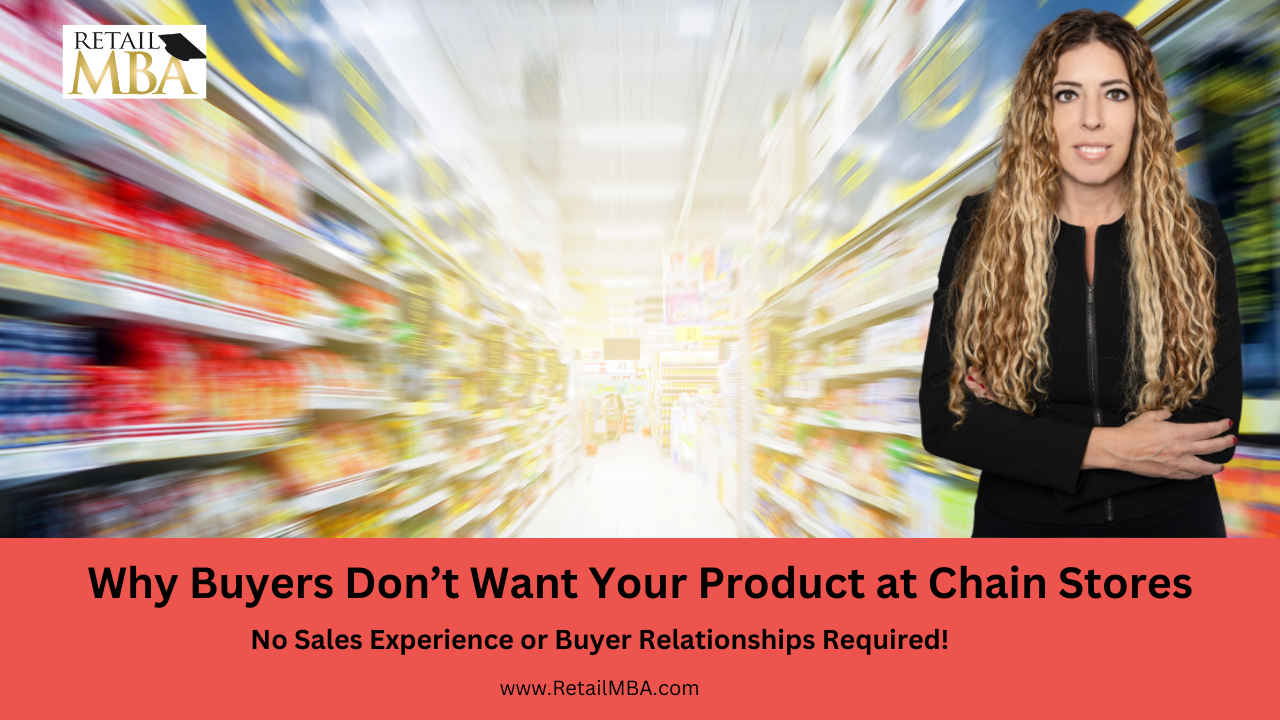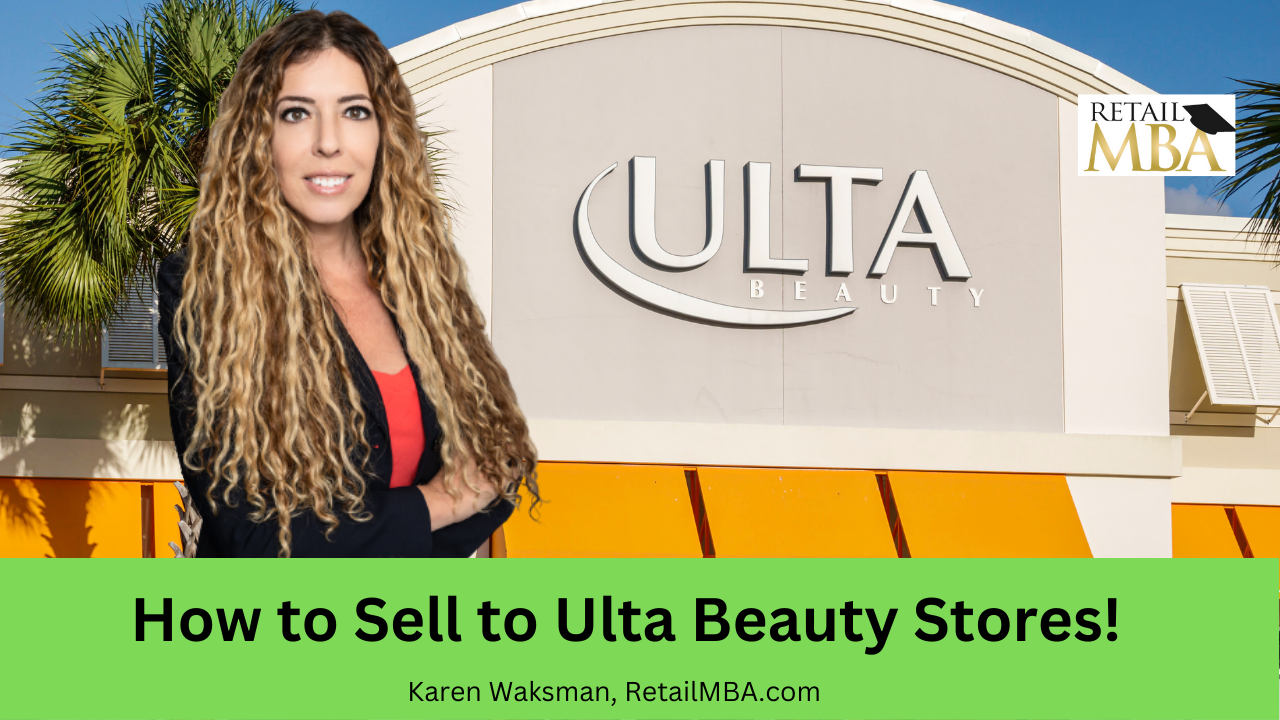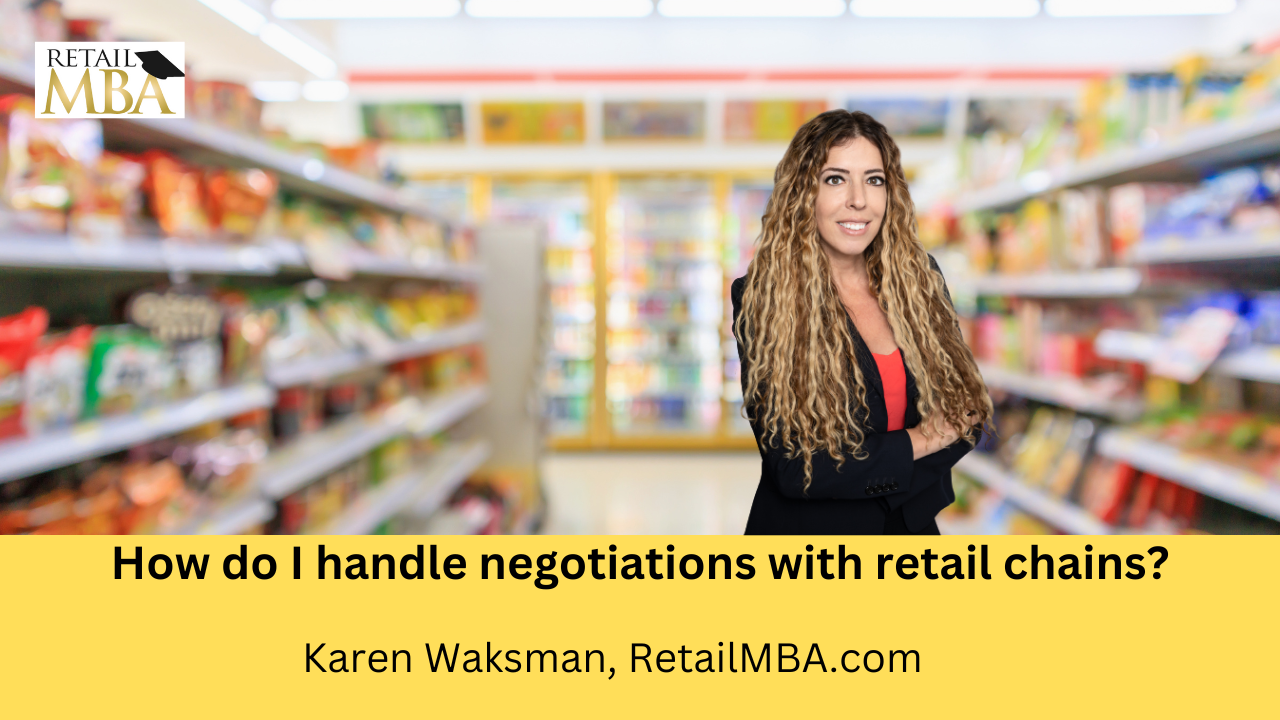Cost of Goods Sold

Cost of Goods Sold
No matter if your business sells jam or t-shirts, the cost of goods sold (COGS) is an indispensable metric for all companies. It includes all materials and direct labor used in producing each product sold as well as overhead costs such as marketing budgets.
COGS (cost of goods sold) is reported on an income statement and serves as a tax deduction for manufacturers, as well as providing insight into inventory issues that might exist within their organization.
Cost of Materials
Cost of goods sold (COGS), or material costs used in producing goods and services for sale, are an integral component of a business’s cost of goods sold (COGS). Subtracting COGS from sales revenue yields gross profit as an indicator of profitability. To accurately calculate COGS calculations, companies need an inventory system with accurate tracking capabilities – this article provides an overview of this process as well as ways to use COGS data to identify long-term business opportunities.
COGS calculations for physical products companies begin by taking an inventory value at the start of an accounting period and adding any costs related to new items purchased during that time period, subtracting their final value at the end of that time period, then recording this calculation in their financial statements in order to track profitability of their business.
The COGS formula may differ slightly depending on the industry, but generally speaking it refers to all expenses directly related to producing goods or services for sale by a company. This may include expenses like purchasing items for resale as well as materials and labor used to make their final product or even commission payments to sales teams.
COGS for any business can be broken down into three distinct categories, direct labor, raw materials and factory overhead. Of these expenses, direct labor and raw materials represent variable costs while factory overhead includes fixed and semi-variable expenses such as utilities, rent payments and supervisory salaries.
Companies often employ perpetual or cycle count inventory systems when calculating COGS, as this provides greater accuracy and reliability than periodic systems which require tracking individual transactions.
Calculating and analyzing COGS is crucial to all businesses, but especially small ones. An accurate picture of costs helps companies set accurate pricing structures for their goods or services and guarantee enough gross profit to cover operating expenses.
Cost of Direct Labor
Direct labor expenses consist of salaries paid directly to employees involved in producing a product or providing a service, payroll taxes such as Social Security and Medicare contributions, workers’ compensation insurance premiums and company-matched pension contributions. Cost of direct labor may fluctuate considerably from period to period depending on factors like the number of new hires, overtime hours worked by employees and vacation days taken by them; generally speaking, as more products are produced over an accounting period, so will its associated direct labor costs.
Direct labor costs can easily be cut by negotiating better supplier contracts or finding less expensive workers, while cutting factory overhead has an exponential effect on profit margins; by cutting utility and depreciation charges, production per unit costs can be drastically decreased.
Physical therapists that sell exercise equipment directly to their patients for home use may reduce costs by cutting the costs of storage and shipping, while companies who produce it themselves could cut expenses through more efficient production processes or by importing cheaper raw materials.
A company must determine how it values its inventory to calculate COGS accurately, which has significant tax ramifications. For instance, using LIFO as its valuation model would result in increased costs when replenishing inventory than using average or weighted cost models.
Cost of goods sold (COGS) is an essential management metric that can help companies increase profits and improve long-term business outcomes. By understanding how to calculate and report COGS data, you can effectively manage your business more effectively – as well as being well prepared for tax season with all relevant information needed for accurate filing returns. This guide will take you through key components of COGS such as raw materials, direct labor and manufacturing overhead costs as well as how to calculate them for your company.
Cost of Factory Overhead
Cost of goods sold (COGS) is an essential metric for companies that produce physical products. By keeping an eye on this number, businesses can ensure they’re not pricing their offerings too high to make money and to remain competitive against rivals. COGS takes into account costs directly related to producing the goods being sold – such as materials and labor costs – but does not account for expenses like sales and marketing, which are usually tracked in another metric called “cost of revenue”.
Factory overhead refers to all indirect costs associated with manufacturing a product, including utilities, rent, insurance premiums and maintenance expenses incurred at a factory and its equipment; depreciation expenses; depreciation on equipment as well as depreciation from equipment, depreciation through depreciation allowances etc. Additionally it can encompass salaries paid out for factory management staff or personnel not directly involved with production processes.
To accurately track costs, it’s vital that factory overhead costs be separated from direct expenses of a product. To do so, either use an accounting system or use a special manufacturing accounting spreadsheet with formulae for tracking them individually – these spreadsheets also offer benefits because they simplify manual calculations by eliminating them altogether.
One major drawback of this approach is that overhead rates do not accurately represent real costs as they are usually calculated using predetermined factors like machine or labor hours. Furthermore, using these rates fails to account for seasonal or month-to-month variations; for instance heating costs tend to increase during the winter, making allocating an equal amount of overhead expenses across jobs produced during each season an inaccurate approach.
An effective method to calculate factory overhead is allocating total operating costs across each product manufactured during a given period, allocating them per product rather than across all manufactured goods in that period. While this approach tends to provide more accurate calculations, it also takes longer and may violate accounting standards.
Cost of Sales
Cost of Goods Sold (COGS), also referred to as COGS, refers to the amount that businesses spend producing the products and services that they sell for sale. Tracking it can help small businesses identify areas that could use more improvement such as suppliers or lower prices; plus it plays an integral part in calculating other metrics like Gross Profit Margin.
To determine COGS, companies start with their starting inventory – the value of all available goods for sale at the beginning of an accounting period – then adds up all costs associated with producing and selling this inventory during that period, including direct labor costs, raw material expenses and factory overhead costs. Finally, they subtract this total from revenue to find their gross profit for that period.
When calculating COGS, there are a few other considerations that must be kept in mind. When including costs associated with production of inventory for sale – including expenses such as shipping and insurance costs – when totaling COGS. Distribution or marketing expenses should not be included as this would fall under operating expenses and should instead be included as part of your company’s operating budget.
Noting the various methods available to value inventory can also help ensure COGS comparison between periods. Some companies utilize first-in, first-out (FIFO), while others may utilize retail method, gross margin or last-in, first-out (LIFO). Whatever valuation system used, all inventories should be valued consistently so COGS figures can be accurately reported by period.
Calculating Cost of Goods Sold (COGS) is a critical part of running any business, yet can be time consuming and complex. To simplify it, try using a free COGS calculator which allows you to enter all starting and ending inventory values along with purchases and sales transactions for quick analysis of total COGS costs throughout the year. By regularly using this tool to calculate COGS figures you can gain a clear picture of how your enterprise is progressing throughout the year.
Step-by-step training on how to sell to retail chains!
We explain exactly how to do that and how to get started today. I’ve taught over 100,000 of companies over the years across the globe on how to get your products to the stores. And so we’re here to support you. Or please subscribe to our Youtube channel and or be on the lookout for additional training that we create.
We are here to expedite the process of generating revenue with your physical products and that’s what we’re all about. Take a look at our advanced training, live events, certification programs and so much more.
In this training, I will discuss some of the things to think about when approaching a retailer to sell your products and become a vendor. Hope it helps! 🙂
Karen Waksman,
Retail MBA
Questions? Contact Us!
1-855-Retail-2 (Call or Text)
Email: info@retailmba.com
Retail MBA provides a step-by-step formula on How to Sell to Major Retailers, Online Retailers, Smaller Retailers, Catalogs and More. No Experience Required! These solutions continue to convert for clients year-over-year! These are Time-Tested and Proven Strategies that we utilize ourselves when going after stores! Everything we teach, we test. Want access to these formulas? ANY one of our programs and coaching systems gives you access to them now. With that said…
Here are 5 Easy Ways to Work with Us:
1) Free Training – If You Would Like to Join Our Next FREE Webinar Training Called “Retail Chain Store Secrets – How to Sell to Major Retail Chains. No Experience Required” Then Sign Up NOW To Learn All About Selling into Retail Chains By Clicking Here!
2) Retail MBA Year Long Coaching and Training System – Our Year Long Coaching and Training System with Karen Waksman is POWERFUL! This is our most popular training and coaching system! We walk you through how to approach, pitch and sell to retail chains and we coach you along the way! Join us by Clicking Here!
3) Masterclass Intensives – Want to Join our Next 4 Week Elite Retail MBA Masterclass Intensive? These Intensives Are EPIC for people who Love Fast Paced Learning – Homework, Retail Coaching, Developing Your Strategy, Buyers Contacts and More! These Events Are Held Every Quarter. Join us by Clicking Here!
4) Done-for-You Program – If You Want Karen Waksman and Her Team to Reach Out to Your Top Dream Retail Chains On Your Behalf – And You Have a Retail-Ready Product, Check Out our Epic Done-For-You Service by Clicking Here!
5) In Person Events – If You Want to Learn LIVE and Meet Karen Waksman in Person at Our Next “America’s Next Retail Product: LIVE Event with Other Like-Minded Individuals in Beautiful San Diego, CA! We Would LOVE to Have You Join Us by Clicking Here!

Check Out Our Additional Blog Posts Here:
Retail Terms
Retail Terms – What are the payment terms typically offered by retail chains? Click Here to Learn More!
Retail Vendor
Retail Vendor – What are the common mistakes to avoid when selling to retail chains? Click Here to Learn More!
How to Sell Your Holiday Products to Retail Chains
New Training on How to Sell Your Holiday Products to Retail Chains
Ulta Beauty Vendor
Ulta Beauty Vendor – How to Sell to Ulta Beauty Stores. Click Here to Learn More!
Retail Strategy
Retail Strategy – How do I handle negotiations with retail chains? Click Here to Learn More!

